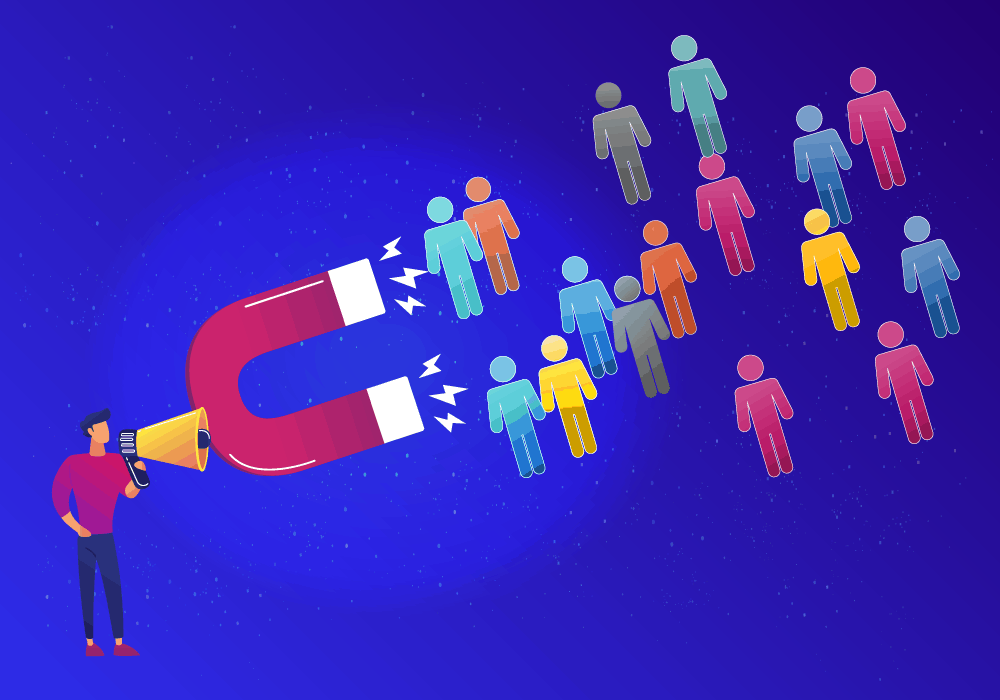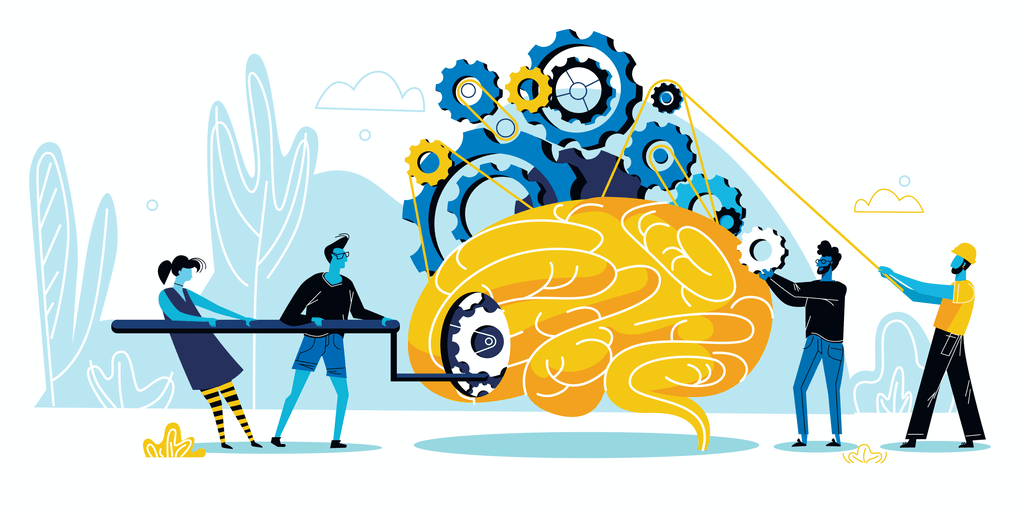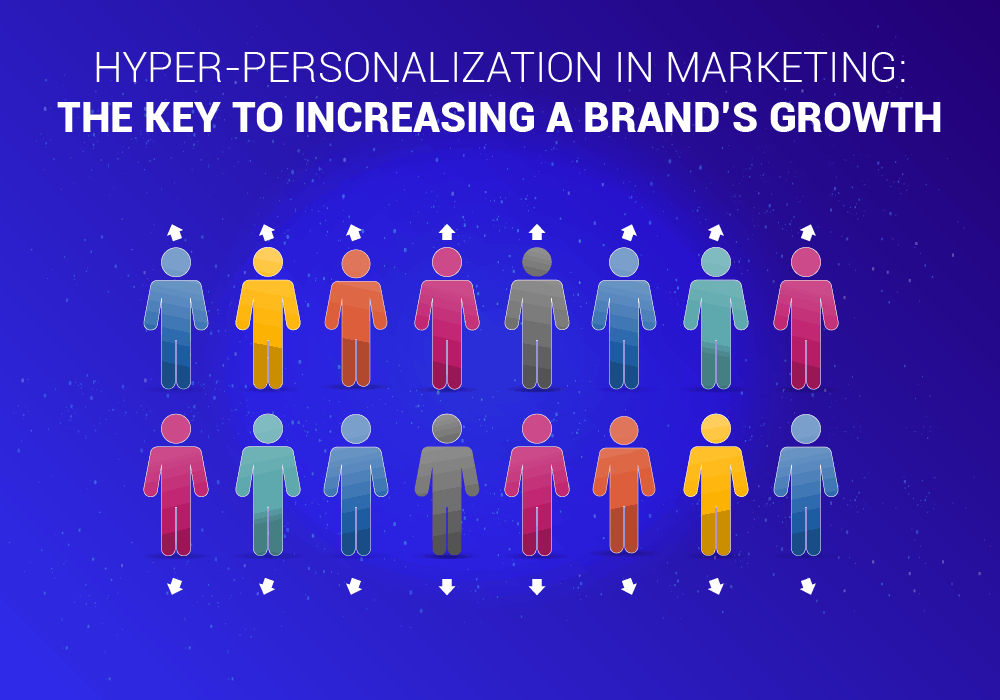Malcolm Gladwell uses the term “tipping point” when he claims that in 2021 a personalization of marketing operations will be required and also achievable.
The use of machine learning, artificial intelligence, and biometrics is leading to more personalized, targeted marketing experiences.
A Westfield Shepherd’s Bush shopping mall in London is using facial recognition cameras throughout the building to gather information on the gender, age, and mood of customers.
According to the findings, new advertising may be broadcast digitally on billboards in the mall in order to ensure that as many people as possible view the advertisements.
Use of hyper-personalization in the eCommerce industry
Personalization and account-based marketing are viable and scalable now, thanks to the incorporation of these new interaction tools in the digital world. To create even a small business’s ABM operation, you may use automation and machine learning approaches.
This fascinating information and innovative approaches being adopted in the digital B2B and B2C markets intrigue us, and we are already researching how similar tools and concepts may be used to hyper-personalize digital marketing communications using the internet and mobile devices.
In recent years, with many firms relying on identical personalized email campaigns, personalized advertisements on Facebook, cart abandonment campaigns, and other personalized marketing tactics, they have become run-of-the-mill.
Consider how well Netflix and Amazon have done in providing suggestion engines: The engines they have developed have been so good that they’ve helped them climb to the top, thanks to their capacity to personalise your whole Netflix or Amazon experience.
It almost always seems as though they are reading my mind because they almost always know exactly what I want to buy or watch next. At this point, all firms should be using hyper-personalization in their marketing, whether they intend to or not.
There are several firms that are doing this as well. According to a recent Gartner survey, businesses who make large investments in e-customization technology achieve a thirty percent market share advantage over their competitors.
In 2021, we use the expression hyper-personalization a lot. It means collecting and using a variety of data on all marketing channels, throughout the customer experience, in real-time to ultimately optimize your eCommerce conversion rate.
By implementing this strategy, consumers’ journeys from top of funnel awareness through post-purchase satisfaction will become faster, resulting in more and better interactions for everyone along the way.
Engagio’s research shows that marketers are generating a wide range of content formats, thus we need to go in the other direction.
The process of enabling hyper-personalization marketing tactic
Once we find out what is formula B2C or B2B digital marketers must follow in order to allow hyper-personalization, the issue then arises, what exactly is the process?
It is important to think about the following:
Customer engagement

Tailoring a unique campaign experience that personalized customer interactions with your company or organization are essential. Epsilon observed that 80% of customers are more likely to buy from a brand that delivers a customized experience.
Hyper personalization in advertisements resulted in three to four times the interaction with the brand compared to standard advertisements in this qualitative research.
B2B participants have found that full-funnel customization has increased sign-ups for webinars and events by over fourfold. To succeed in this field, it is crucial to focus on gathering and analyzing consumer data on a continuous basis, as well as devoting sufficient time and attention to developing and applying the major patterns.
Exit Intent Popups for Customer Engagement
Another way to keep your customers engaged is to use exit-intent popups. Yes, you read it right. It’s an effective strategy to not only keep customers engaged but to improve your eCommerce conversion rate.
We believe this hyper-personalization marketing technique helps in driving the right traffic to your eCommerce store. There are plenty of companies that offer this facility and Popup Maker is one of them.
Popup Maker uses exit intent technology to monitor the user’s mouse movement, and when it detects this, it displays a popup right before the user is about to leave the website. Actually, exit-intent popups may persuade anyone, as long as an appealing offer is there.
Relevancy
You can learn advertising strategies for B2B and B2C marketers from the Netflix and Amazon marketing approaches. For a marketer to be relevant, they must give out the proper message to the proper person at the proper time, and it must be done consistently.
The aforementioned words have already been spoken about in the past, but we have gained the ability and understanding to carry out this idea correctly now by harnessing even deeper behavioral data and individual wants and pain points to produce content that touches each person’s specific wants and pain points.
Trust

It may be drawn from the previous two parts, and so it naturally and logically follows as a third component.
Customers will pick the firm they feel they can trust the most since competition in the online industry is fierce.
Customer evaluations are thus crucial in every part of our operation. but, apart from customer evaluations, organizations should also include educational material produced by an education department that provides resources, including instructional as well as leadership materials in video format.
Customers with distinct wants, purpose and funnel stages want tailored information, and this must be provided to them in line with those conditions.
To have this recipe succeed, data-driven strategies that are tailor-made for each account and each individual along the buyer’s journey are necessary.
It will result in more engagement, more customers, a larger sales pipeline, and more account wins if executed effectively. Moreover, it helps in offering an improved customer experience.
Bonus tips
To clarify, I’d want to discuss some of the terms we’ve discussed in order to leave you with more than just a basic understanding of the process.
Auditing customer content

To be able to enhance your content marketing strategy, you must first find out what your target customers want and how they go about getting it. Categorize all of your existing content and evaluate it based on your customer personas and stages of the buyer journey that you are pursuing.
You should analyze every flow step to see if there is a need for change to satisfy the demands of each persona. In order to fill the gaps, you will either need to generate new content or form partnerships with influencers to generate new content that will engage the target individual throughout each step of their journey and then guide them to the next step.
Intent data
In contrast to third-party intent data, first-party intent data describes how accounts use your properties, such as a website. While third-party intent data describes what users read on third-party websites in order to identify which accounts are actively investigating specific solutions on third-party websites.
Behavioral insights

You may use behavioral insights to provide valuable information, for example, using sales profiles that contain extensive information about customers’ target markets and accounts.
Conclusion
We predict that in 2020, all brands will emphasize hyper-personalization. When you manage to get close to attaining this aim, your capacity to fulfill evolving client desires will increase.

